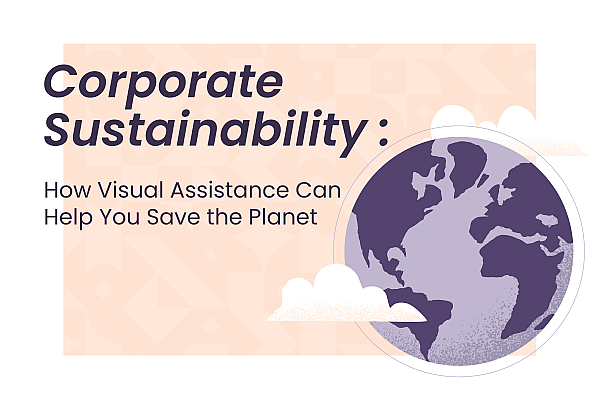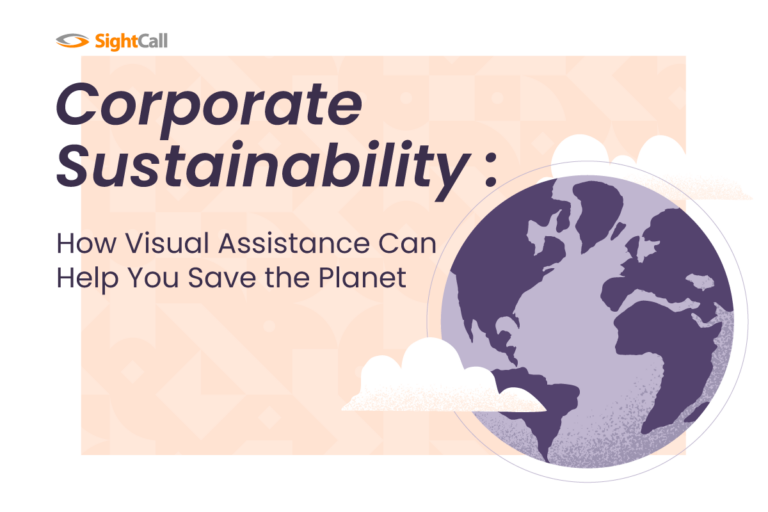Once upon a time, a company could be considered “environmentally proactive” if they had recycling bins in the break rooms.
But times have changed. These days, modern businesses are literally on a mission to save the world. And sustainability has shifted from a “nice to have” to a top priority for C-level leaders.
Companies investing in long-term transformation are looking above the bottom line to make sure the impact they have on the world is net-positive.
This increased attention to environmental issues is a positive step. According to Google, searches related to climate change hit an all-time high this year. This means that businesses can no longer get by simply talking about their environmental, social and governance (ESG) initiatives—now they need to show consumers, government officials, investors and others what they’re doing to make a difference.
The global community wants proof of action.
Technology can go a long way in helping companies maintain their sustainability momentum. Visual assistance and digital process automation (DPA) technology are especially suited to help a business advance its sustainability goals.
How exactly? By transforming the way companies do business with tools that improve efficiency, safety and accountability at every level.
How do companies define sustainability?
To be clear, corporate sustainability is about more than saving rainforests and preventing pollution. The scope of the current conversation can be overwhelming at times, but the general idea is to “do good and be better.”
Thinking beyond the dictionary definition, most companies talk about corporate sustainability in terms of these broad objectives:
- To drive responsible product innovations that minimize resource use and the company’s footprint.
- Help protect the environment, on both a local and global scale.
- Connect with communities where people work and live.
- Empower workers to reach career aspirations, while also safeguarding their welfare.
- Promote and instill ethical and compliant behaviors across the organization and the value chain at large.
Those goals are served by international frameworks such as the United Nations Sustainable Development Goals (or SDGs), which are a set of 17 objectives addressing issues such as poverty, inequality, climate change, and environmental degradation.
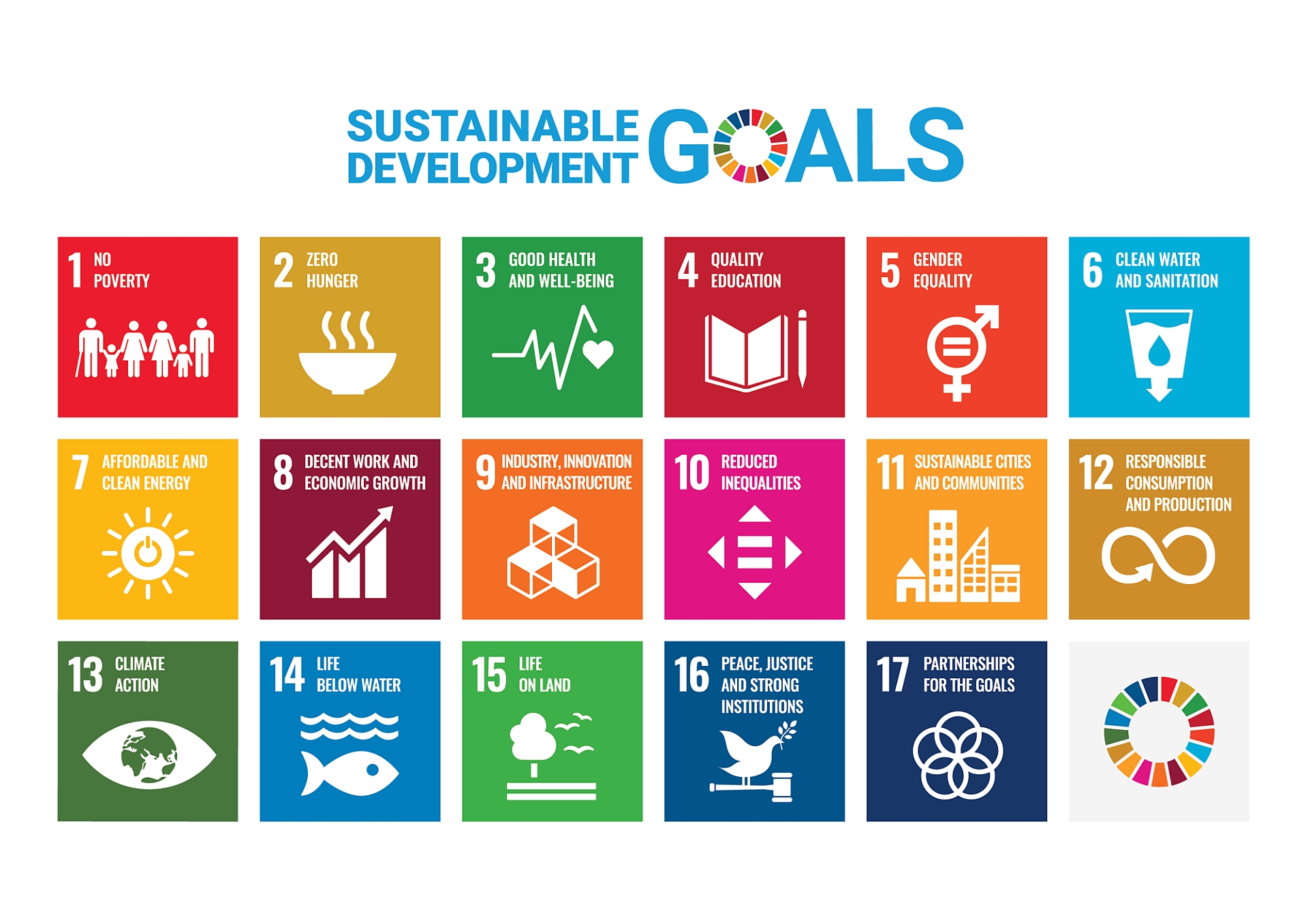
While the SDGs may be considered the most well-known sustainability goals in the world today, they are not a reporting framework themselves. Instead, organizations like the UN Global Compact utilize them to fulfill their reporting obligations.
For example, the Global Reporting Initiative (GRI) is a set of international sustainability reporting standards that are the first of their kind. These include disclosures on a wide range of themes including energy consumption, diversity, and safety as well as numerous indicators.
Any company utilizing GRI standards can increase transparency with all its stakeholders worldwide. GRI collaborates with governments to support smart sustainability policies and laws in every country.
Again, while it may seem daunting, remember that this is a global effort. Companies all over the world are committing to the same standards, so you can always find comfort (and strength) in numbers.
What questions should guide companies when refining their ESG policies?
It’s easy to accept sustainability goals in principle.
In practice, because every initiative needs an understanding of current conditions, ESG efforts require effective and efficient data usage. To help define this data challenge, Deloitte researchers posed several guiding questions:
- Availability: How does a company obtain complete, reliable data?
- Management: How is data operationalized, so that a company can truly work with it?
- Transparency: How is the data reported – and what does it tell the company?
Companies demonstrate their dedication to being responsible and having a positive impact on the environment by collecting and utilizing data more efficiently. For example, field service organizations can use visual assistance tools to elevate and quantify that data, which supports their ESG initiatives.
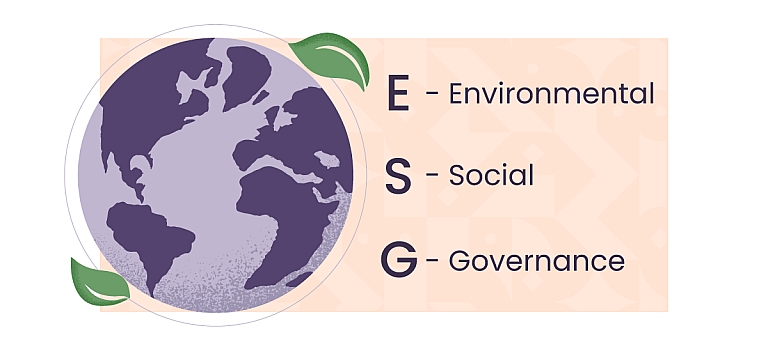
What is the difference between sustainability and ESG?
Sustainability includes a company’s initiatives to limit their negative impact on the environment with the goal of meeting current needs without comprising future generations’ ability to do the same. Sustainability standards are primarily fact-based, as opposed to ESG standards which gauge a company’s compliance with ethical and social responsibility guidelines set by investment firms and other organizations.
The ESG strategy focuses on company stakeholders, corporate identity and decision-making, as well as the board, C-suite or top executives, employees, shareholders, and others.
According to research, firms with higher ESG indicators tend to have better ROE returns and lower risk. Investors utilize ESG data to identify investment prospects in businesses that have consistent long-term profitability but also meet social responsibility goals.
“Sustainability strategies implemented at the corporate level can drive better financial performance through mediating factors… enhancing firm reputation, increasing stakeholder reciprocation, mitigating firm risk, and strengthening innovation capacity…”
– Tensie Whelan, Ulrich Atz, Tracy Van Holt and Casey Clark, CF ESG and Financial Performance Report – Rockefeller Asset Management / NYU | Stern Center for Sustainable Business
While ESG includes sustainability as one of its three pillars, it also encompasses broader social and corporate governance considerations. These frameworks typically set the metrics and elements that a company should disclose, in addition to the format and frequency of that reporting. However, they don’t set targets for hard number goals like reducing carbon emissions.
Standards and reporting
Teams involved with sustainability and ESG projects focus on the following standards:
- PAS 2060: The only internationally recognized standard for carbon neutrality. It sets carbon measurement and reduction targets for organizations. It also allows an organization’s carbon neutrality statement to be verified.
- ISO 14001: This is an internationally agreed standard that sets the requirements for an environmental management system. It has a stronger focus on integrating environmental issues into the strategic planning process of an organization.
New changes in ISO 14001 emphasize digital documentation and reporting on environmental performance. In fact, in some jurisdictions like the United Kingdom, this kind of reporting has become legally required for companies.
Businesses can use a strong data management framework to help them align with ESG principles while also enhancing revenue generation, regulatory compliance, and reporting capabilities.
How can SightCall benefit your sustainability efforts?
SightCall is a partner for businesses of all sizes and backgrounds. Our remote visual assistance and digital process automation solutions can improve operational efficiency to directly impact sustainability efforts. Clients deploying our solutions have increased machine uptime, reduced the time it takes to train new technicians, increased first-time fix rates, cut issue resolution times, and provided a more user-friendly experience.
Companies using the SightCall platform have realized several key benefits in each component of an ESG strategy.
Key Environmental Benefit (E): Carbon emissions
When it comes to organizations reducing greenhouse gas emissions, decreasing truck rolls and technician callouts really packs a punch – and helps organizations striving to be net-zero, by reducing their Scope 3 emissions.
Watch our free Quantifying Sustainability webinar for a deeper dive into the ways that SightCall helped Allianz, the world’s largest insurance company, significantly reduce (and track) their carbon footprint.
Key Safety Benefit (S): Reduction of dangerous and costly jobsite risks
By connecting junior field technicians with experts at home base via AR, SightCall helps companies reduce the likelihood of accidents occurring and avoid costly fines for safety violations.
Key Governance Benefit (G): Greater auditability
All data from SightCall sessions are automatically appended into the system of record for a digital audit trail that ensures regulatory compliance and adherence to ever more ambitious industry standards. The result is access to a powerful platform that captures data at every step. Carbon reduction measures are also validated by documenting and verifying travel time and distances saved, making process costs even more efficient.
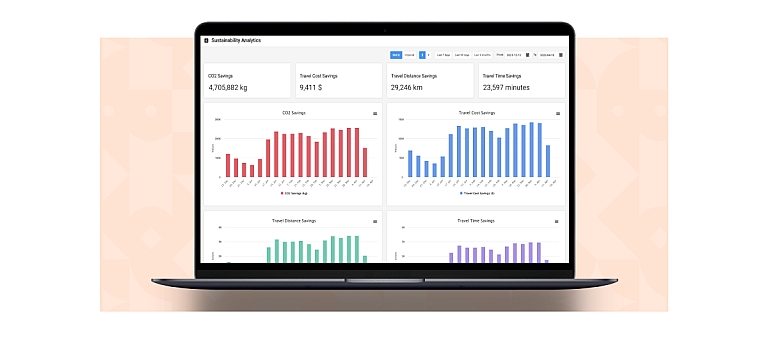
The Sustainability Dashboard: Insights from Action and Proof of Progress
SightCall’s Sustainability Dashboard takes sustainability goals and translates them into measurable, trackable steps.
How our Sustainability Dashboard works
The Dashboard’s data-driven insights empower service organizations to effectively communicate their carbon reduction impact on corporate sustainability objectives and KPIs.
It leverages a sophisticated algorithm across multiple data points to determine the concrete savings to companies when they don’t send experts on site.
Metrics reported daily on the dashboard include:
- CO2 savings
- Travel cost savings
- Travel distance avoided
- Travel time saved
A CO2 saving aggregate shows the total savings since the start of measurement. Companies can use this data to demonstrate the return on investment (ROI) of providing remote visual support and quantify their corporate sustainability initiatives.
The time to embrace digitally driven change is now
As harmful climate change continues to progress, the risk for companies is as much to their future viability and prosperity as the stability of our shared planet.
The Commodity Futures Trading Commission estimated in September 2020 that for every 1 degree Celsius increase in temperature, there would be a 1.2% decline in annual GDP. And a year earlier, research from the IMF projected climate change would cause global economic output to tumble by as much as 7% by the year 2100 if left unchecked.
Visual assistance technology will play a significant role in creating meaningful, quantifiable answers to otherwise daunting sustainability challenges, ones that will ensure field service organizations are as capable as anyone in reducing their impact on the environment and responding to heightened regulatory and consumer expectations.
With the use of SightCall’s solutions, businesses can see, assess and harness their ESG data to both accelerate corporate responsibility measures and bolster regulatory compliance.
